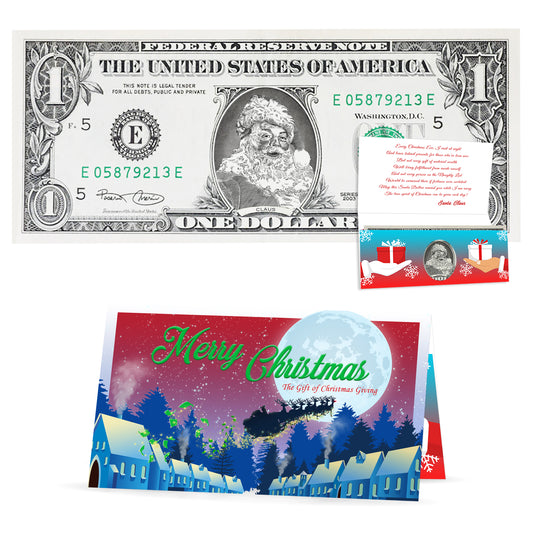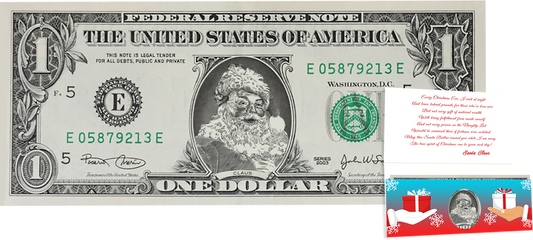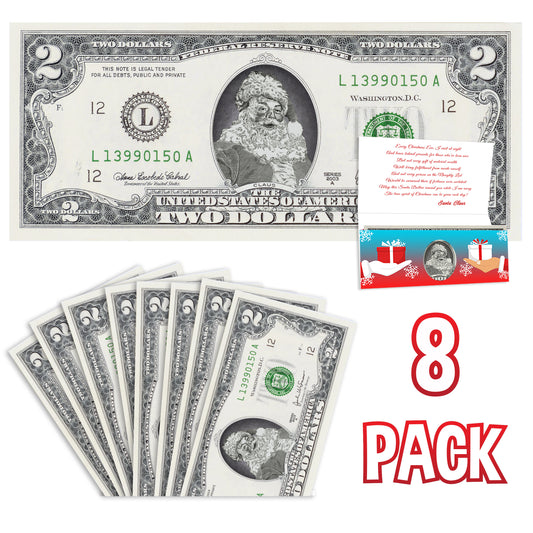Chinese New Year Lucky Money, The Tradition of Red Envelope and the Significance of the Lucky Number 2
According to ancient Chinese philosophy, the universe's composition and balance of power between opposing forces are yin and yang. The numeric representation of yin and yang's duality (2) makes people think that the number two brings luck. And as a result of the association with balance and harmony, the number two is often considered lucky. Because of this balance and other factors, the significance of number two is of great importance in various East Asian cultures, particularly during the time of Lunar New Year as it is deemed to bring good luck heading into the New Year to all those who experience symbols bearing the lucky number 2.
The Legend of Chinese and Vietnamese Red Envelopes and Chinese Lucky Money
The tradition of gifting red envelopes, or 'hóngbāo', packed with lucky money is an integral part of the Lunar New Year celebrations in China, North and South Korea, Malaysia, the Philippines, Indonesia, Singapore, Brunei, Vietnam and other Asian cultures. Delving back through history, this cultural practice has been intricately woven with intriguing narratives - both mythological and historical, shedding light on the legend and significance of this deeply cherished custom.
In China, the tradition of giving hóngbāo on special occasions has been around for centuries. The term 'hóngbāo' in the Chinese language literally translates to 'red packet.'. The color red, in Chinese culture, symbolizes good luck and is thought to ward off evil spirits. The lucky money tucked inside these red envelopes is considered more valuable than its actual amount -as in addition to its face value it also signifies blessings and good wishes in the year to come.
Going back to the legend behind the Chinese lucky money, it’s believed that the custom was started by elders who would thread coins with a red string and give them out to young family members to protect the younger generations from evil spirits. The red string eventually evolved into a red envelope and the concept of 'lucky money' as we know it today came to be.
The ritual of Lunar New year Lucky Money can vary slightly between different Asian cultures. In Vietnam, the ritual of giving red envelopes filled with lucky money, or 'lì xì', is a highlight during their Lunar New Year celebrations named - Tết, but the meaning behind Vietnamese red envelopes has its own unique twist. The traditional act of giving money in red envelopes in Vietnam is not simply limited to family elders giving to younger ones for good luck, but it also extends to friends, coworkers, and even bosses.
The red envelope itself in Vietnam also is of the utmost importance. It's often adorned with meaningful symbols or characters written in gold, demonstrating wishes for prosperity and success. An interesting Viet custom is to give an odd number of currency notes in the envelope as even numbers are sometimes associated with death.
Although traditions amongst Asian cultures may vary slightly, whenever and wherever these red envelopes exchange hands during the Lunar New year, they carry with them the best of wishes, the richness of culture, and, most importantly, the hearty warmth of the giver. They also share in the beauty of preserving culture and loving expressions for generations to come. Such customs are a tribute to the strength, resilience and adaptability over the years. They stand firm, adding a vibrant hue to the Lunar New Year celebrations – an annual reminder of our shared human desire for luck, prosperity, and a prosperous new beginning.
They also share in the beauty of preserving culture and loving expressions for generations to come. Such customs are a tribute to their strength, resilience and adaptability over the years. They stand firm, adding a vibrant hue to the Lunar New Year celebrations – an annual reminder of our shared human desire for luck, prosperity, and a prosperous new beginning.
This New Year, whether it's a hóngbāo or a 'lì xì' you're giving or receiving, remember, it's not just about the money – it's about celebrating the coming New Year with love, luck, and happiness.
Why give the Red Envelopes during Chinese New Year?
Giving red envelopes during the Chinese New Year/ Lunar New Year, is an element deeply embedded in Chinese society. It's more than a simple tradition; it's a quintessential part of the New Year's celebrations and a prominent cultural symbol as well. Through this gift giving act, the older generations express their best wishes for a prosperous year ahead and pass on their blessings. The redness of the envelope is meant to symbolize good luck and is supposed to ward off evil spirits. The money inside, known as "lucky money" or "yuan", further enhances this symbolism of luck and prosperity and conveys those attributes on to the receiver.
Family Traditions of the Lunar New Year: Hangbao and the Lucky Number 2
With 2 weeks’ worth of family related traditions aimed at the celebration of the beginning of another year, the Chinese Lunar New Year holiday is one of the greatest occasions of the year to bring families together. Gift giving is one of the most popular traditions of the Lunar New year, the tradition of giving money as a gift Giving or receiving gifts containing the number two is thought to bring prosperity and harmony into your new Year. Family and friends usually exchange hongbao, red envelopes which contain money, in order to wish each other good fortune and abundance. According to this custom, receiving or giving hongbao with an even denomination that ends with the number two such as $2, $12 and $52 is thought to bring the best good luck.
Children and the Custom of Receiving Lucky Money in Red Envelopes
In the rich tapestry of Chinese culture, one longstanding practice that's integral to the Lunar New Year celebrations is the giving of Lucky Money in red envelopes to children. Virtually every kid in China awaits with bated breath the moment their parents, older relatives, or family friends extend a bright red envelope to them, a symbol of good fortune and blessings for the year ahead.
This deep-seated custom, just like unwrapping Christmas presents for Western kids, holds a significant charm for children. The red envelope or 'hongbao' as it's colloquially known, contains Lucky Money – typically coins or crisp, new bills that parents and other adults give to kids during the Lunar New Year celebration in China. Traditionally, the amount of money correlates with the age of the child, with older children often receiving bigger sums.
Aside from the material value, the gesture has profound cultural and emotional ties. Giving Lucky Money in a red envelope symbolizes the transfer of good luck, prosperity, and well-wishing from the elder to the younger generation. When children receive these tokens, it's seen not only as a gift but as a blessing for the forthcoming year, brimming with success, health, and happiness.
There's an enchanting blend of joy and respect that engulfs kids during this ritual. With wide eyes and beating hearts, they traditionally receive the envelope with both hands and wish their benefactor a prosperous and healthy new year, demonstrating gratitude and acknowledging the cultural significance. In this way, the practice continues to be a beautiful mix of celebration, tradition, and family bonding that children across China look forward to each year.
Interestingly, with the advancement of technology, this tradition is evolving. In this digital age, the practice of giving physical red envelopes is progressively shifting to online platforms. The concept of virtual red packets or 'e-hongbao' has become increasingly popular in response to the growing trend of digital transactions. Notwithstanding, the essence of the tradition remains the same, as it's still about bestowing good fortune and prosperity onto the younger generation.
Not only popular in China, but this beautiful custom is also prevalent in many Asian countries, including Vietnam. Much like the Chinese tradition, Vietnamese culture embraces the giving and receiving of lucky money in red envelopes with a similar same symbolic affirmation of 'prosperity', 'luck', and 'well wishes' for the year ahead.
These nuances underline the mesmerizing aspect of Chinese and Asian customs, where an act as simple as giving money in a red envelope carries a deep symbolical value binding families and generations. As each Lunar New Year arrives, kids across China and beyond await their red envelopes with excitement, ready to accept the blessings and the promise of a new beginning.
So, whether it’s the physical touch of a crisp banknote or a digital beep of received payment, the tradition of children receiving Lucky Money in red envelopes during Lunar New Year continues to be a cherished fixture in the colorful spectacle that is Chinese culture.
Help carry this timeless tradition forward with the giving on Lunar New Year dollars offered by the Holiday Dollar Bills company. These dollar bills enhance the fun and excitement of the new year by adding an the official portrait of eac of the Lunar New Year animals to your lucky money, created in official intaglio engraving portrait style and die cut for a seamless fit. Chinese New Year Lucky Money offered by Holiday Dollar Bills is real Money. Bankable & Spendable!
Get your Lucky Lunar New Year money today!







